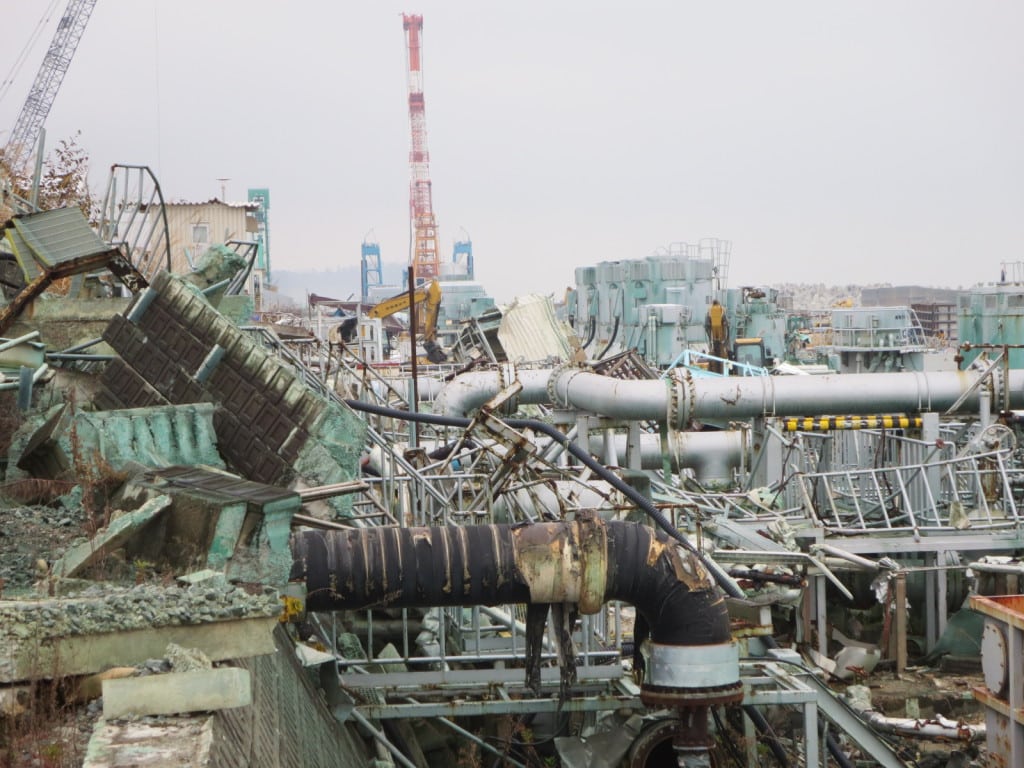Fukushima Cleanup Hitting Snags as Robot Probes Fail
The epic recovery from the 2011 accident at Japan’s Fukushima Daiichi Nuclear Plant, already predicted to take decades and cost at least $35 billion, is encountering delays as a series of robot probes have failed due to encountering more difficult conditions than expected, plant owner Tokyo Electric Power (TEPCO) said this month.
TEPCO’s head of decommissioning Naohiro Masuda told Japanese media on March 2 that the company needs to reassess its approach and harness more “creativity” in deciding how to proceed with the cleanup. TEPCO is still in the process of inspecting the damage to the plant and locating an estimated 600 tons of melted fuel rods that will need to be removed. To do that, TEPCO personnel need to send robot probes into the wreckage because radiation levels remain far too high for human inspectors.
Radiation Challenging Robots
In fact, the radiation is proving too high for even the robots.
Masuda said that the Toshiba-built robot probes sent into the Unit 2 containment building have been failing much faster than expected because of the high radiation (see video). One probe in early February stalled after reaching its exposure limit in just two hours, five times faster than planned. Two other probes have also failed.
The robots are built to handle up to 73 Sieverts (Sv) of exposure, but radiation levels of 530 Sv were recently measured inside the reactor. A dose above 10 Sv is generally considered fatal to a human being.
So far none of the probes have been able to capture images of the damaged core. That means more creative approaches will be necessary, Masuda said.
“We should think out of the box so we can examine the bottom of the core and how melted fuel debris spread out.”
Long Way to Go at Fukushima
Robotic inspection of Unit 1 is planned for this spring, but Unit 3 is so damaged that TEPCO engineers are still trying to determine a way in.
The six-unit plant was disabled in 2011 after a massive earthquake and resulting tsunami devastated the site (FIgure). Damage to the grid and the plant’s emergency generation interfered with cooling the reactor cores, ultimately causing those in Units 1, 2, and 3 to melt down.

TEPCO still intends to stick to the planned schedule for cleanup, which calls for removing the damaged cores beginning in 2021. The total cleanup project is expected to take upwards of 40 years.
—Thomas W. Overton, JD is a POWER associate editor (@thomas_overton, @POWERmagazine).